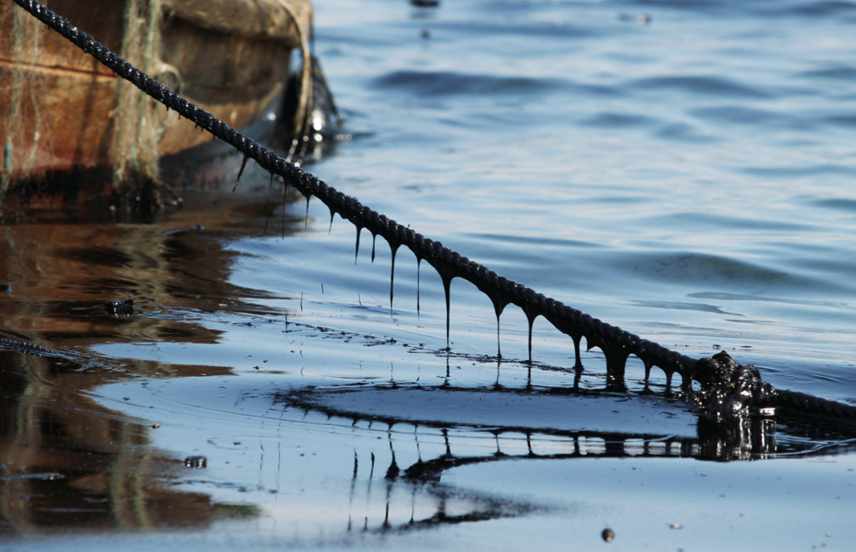Breaking
DOST study shows shrimp & egg shell mix can clean up oil spill

(Photo by Peter Ma/Flickr)
Bicutan, Taguig City – A new green reversing technology to remediate oil spills on fresh and marine waters is being explored by the Environmental and Biotechnology Division of the Industrial Technology Development Institute (DOST-ITDI).
Led by Emelda A. Ongo, her five-member team has developed a mixture of chitosan (a by-product of chitin [pronounced as /ˈkaɪ.tɪn/] from shells of shrimp, crab, or lobster) from shrimp and calcium carbonate for use as biosorbent to remove petroleum spills from water.
“Largely dismissed by some as a problem that ‘will go away in time’ what is alarming in oil spills is that the damage it causes is permanent and takes quite a while to clean up,” Ongo explained.
As is its natural characteristic, oil spills float on water and prevent sunlight from passing through it. This makes it difficult for plants and sea animals to survive. A coating of oil can kill seabirds, mammals, shellfish, and other organisms.
Ongo clarified, “We now know that it affects seabirds and other mammals because petroleum can penetrate into the structure of feathers and fur breaking down their insulating capability. This makes them vulnerable to temperature fluctuations; most commonly die from hypothermia.”
In addition, oil that washes into coastal marshes, mangroves and other wetlands also coats rocks and sands, making the area unsuitable as plant and animal habitats. Those that sink into the mangrove environment can damage fragile underwater ecosystem, killing fishes and fish eggs, among others.
Everyday materials, new green results
Chitosan has long been used as a biopesticide. Its other uses for medical and industrial purposes have been increasingly receiving attention in research circles. Of particular interest is its industrial use as sorbent material for oil removal in water.
“There are other organic and inorganic materials which may do as well. It is indeed amusing to know that our everyday shrimp and egg have found themselves on our lab tables,” Ongo said.
“Let me explain. While most have been using pure chitosan as sorbent material, we have chosen to work on chitosan, which come from shrimp shells, and calcium carbonate from eggshells. Why? Because these are waste materials that can be re-used, are cheap, and widely available. In addition, their biocompatibility, biodegradability, and safety make for an ideal composite. Chitosan, of course, has film-forming ability while surface roughness in calcium carbonate make them excellent sorbent materials,” Ongo explained.
Cleaning up oil spills is a great challenge, she admitted. Lack of technology and expertise, as well as great financial demands of the task, including factors such as amount and type of oil spilled, water temperature (which affects rate of evaporation and biodegradation), and type of shorelines and beaches can sorely test concerned groups.
But what reassured her team was that they were able to show that a 50:50 composite of chitosan and calcium carbonate in flakes and granular forms works.
“Simply, we wanted to develop a material that has a strong affinity for oils rather than water.” Combining chitosan with calcium carbonate thus dramatically increased adsorption capacity of the green technology.
Which then of the composite flakes and composite granules tested better?
Testing the composites using a 5000 ppm (parts per million) concentration of diesel oil and bunker fuel oil in synthetic wastewater, Ongo related that it “was a relief because they showed satisfactory results.” Both scored a removal rate of 99.9 percent in the oil and grease test including a final concentration average of 4 ppm for composite granules and 5 ppm for composite flakes.
Not content, the team also conducted a Total Petroleum Hydrocarbon (TPH) analysis.
If at all, determination of the maximum capacity of the composite to adsorb oil added substance to their findings.
Clearly, everyday materials are presenting new and exciting prospects to better address various needs. For now, Ongo and her team are batting for a green reversal technology for oil spills. (AMGuevarra, ITDI S&T Media Service)





















